Back to Courses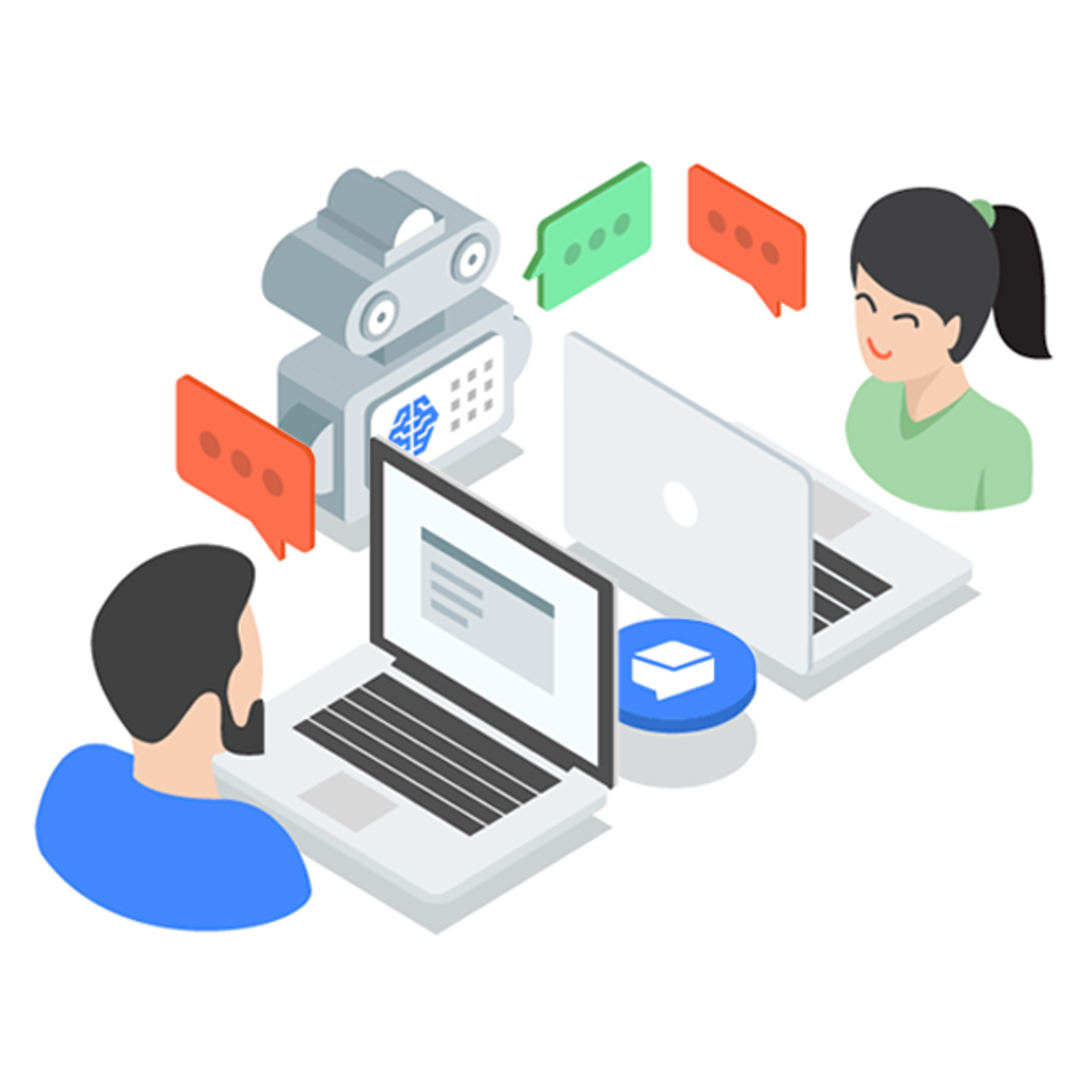
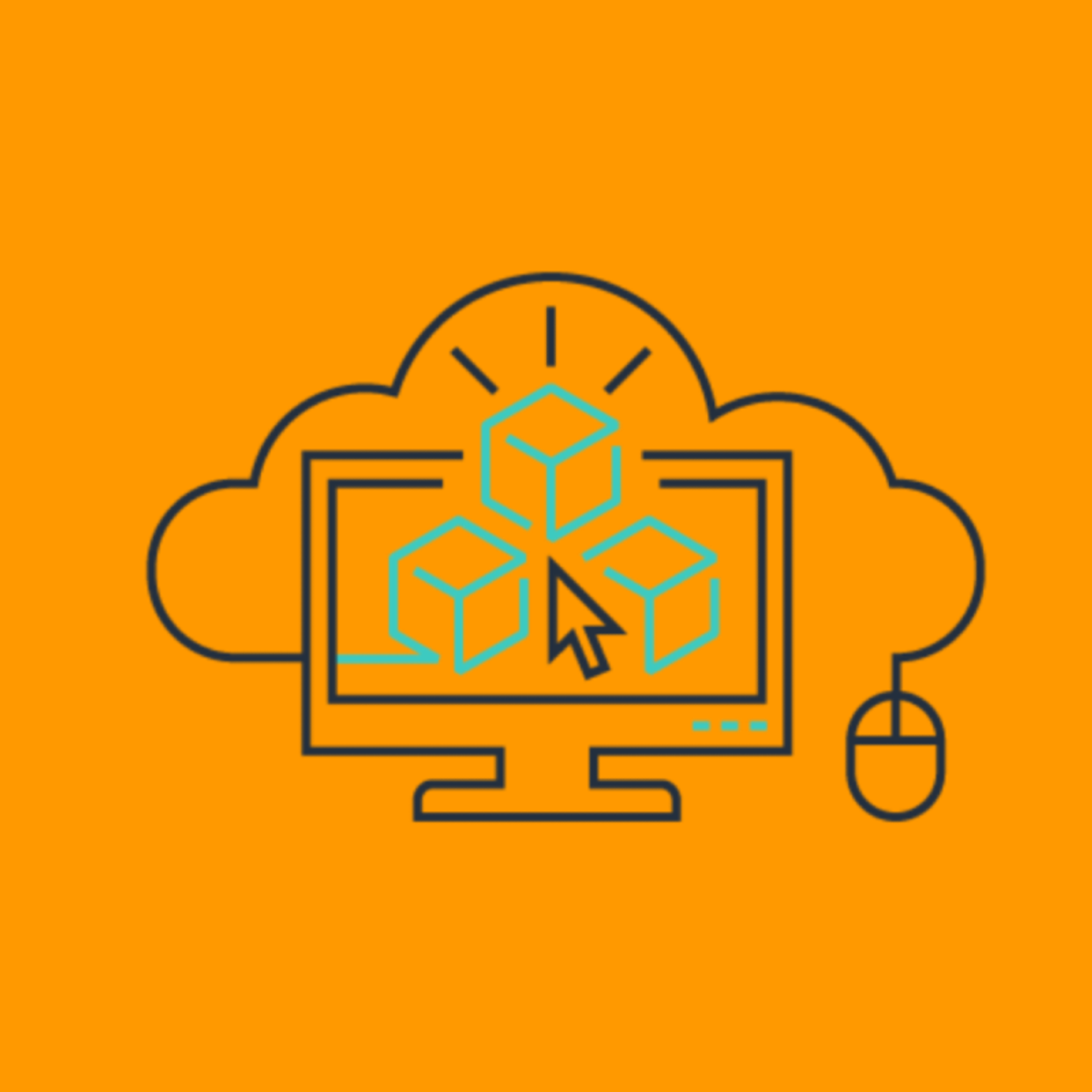
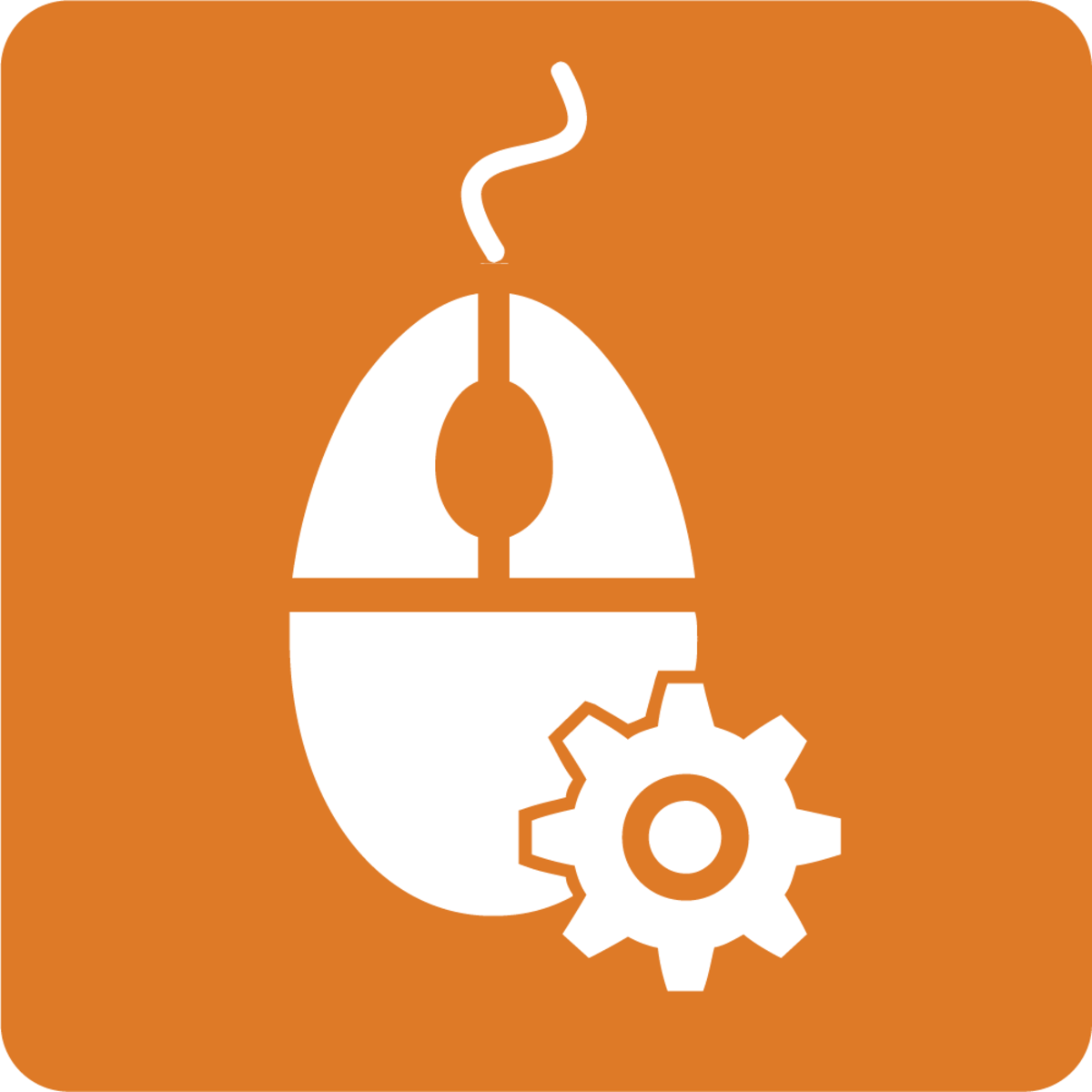
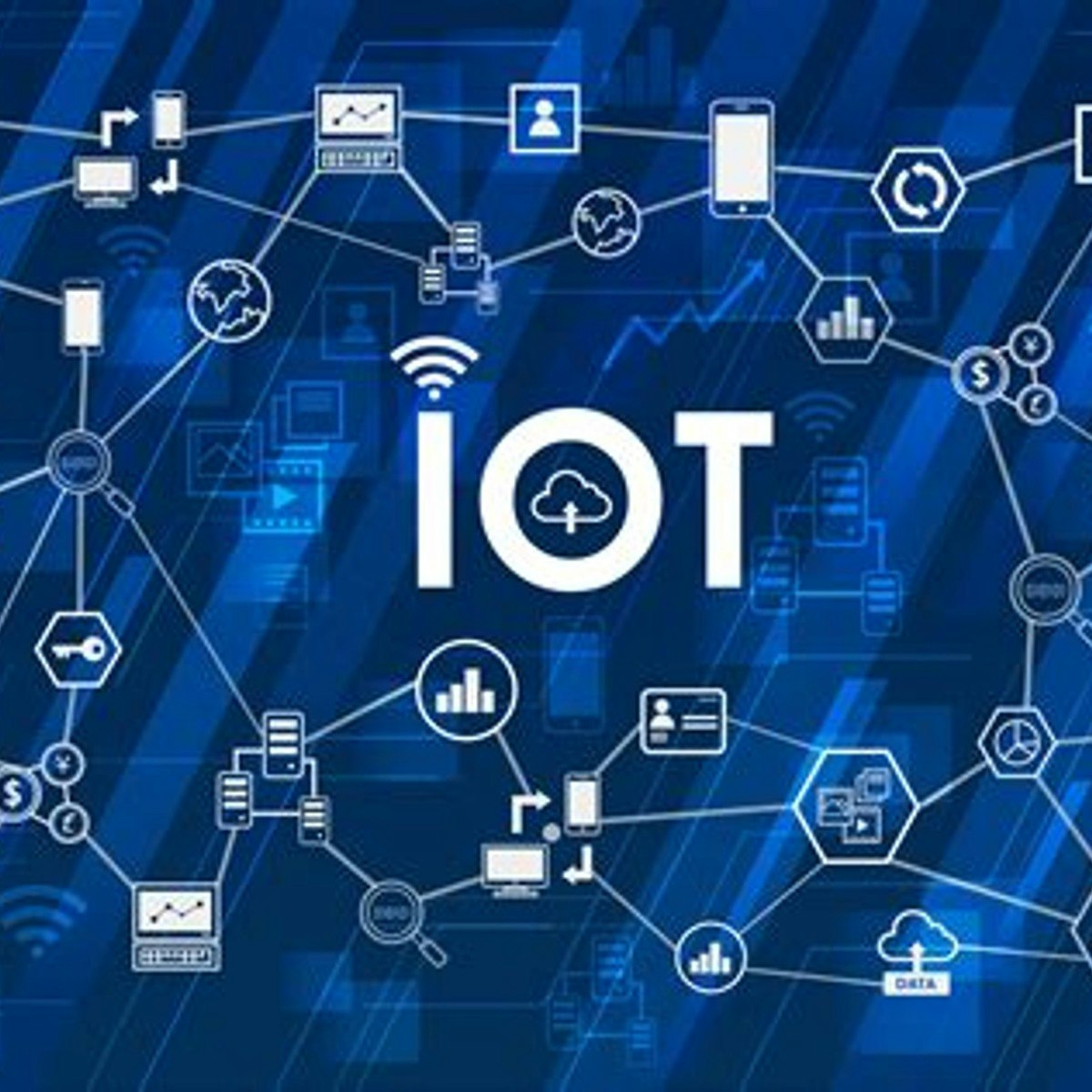

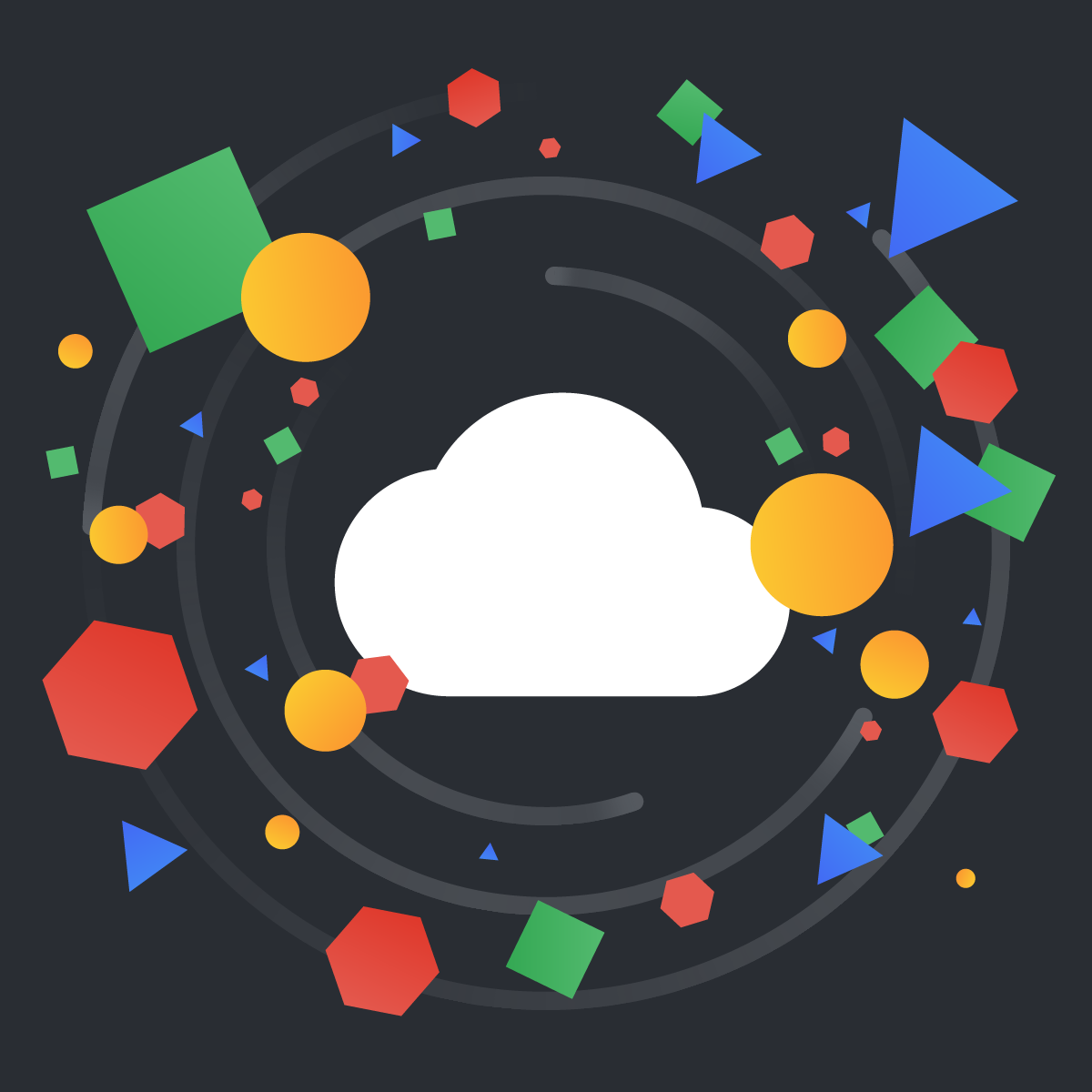
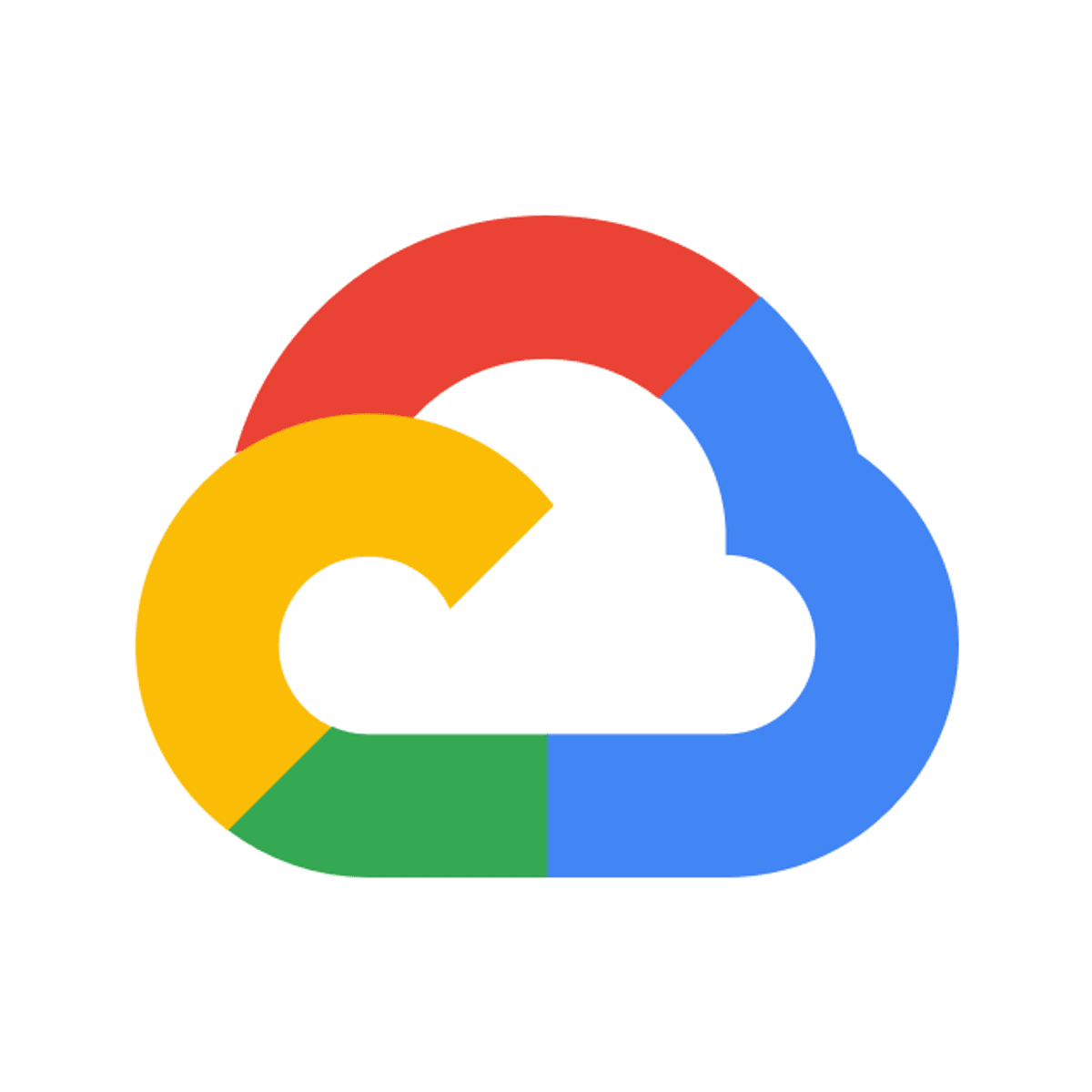

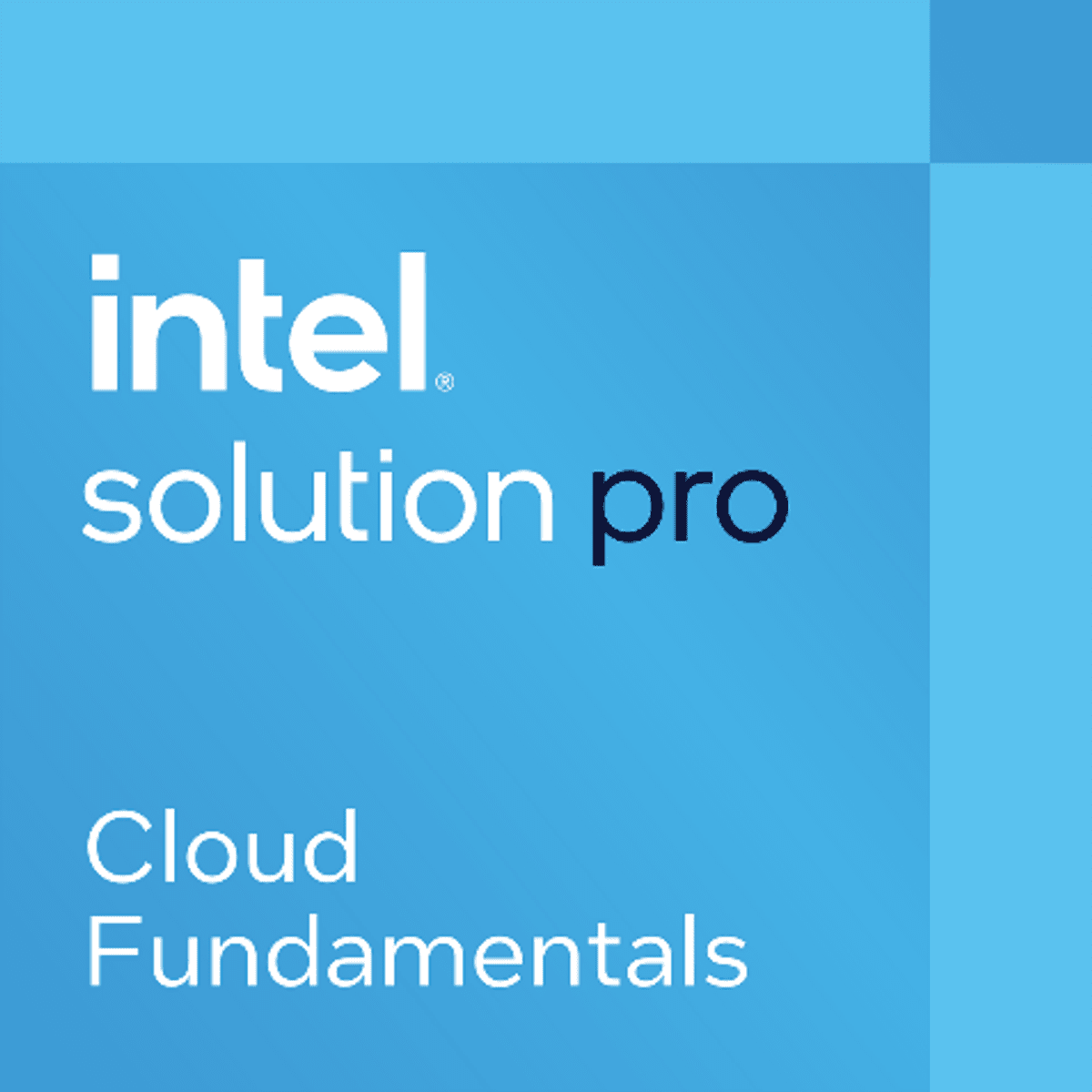

Information Technology Courses - Page 85
Showing results 841-850 of 1471

Contact Center AI: Operations and Implementation
Welcome to "CCAI Operations and Implementation", the fourth course in the "Customer Experiences with Contact Center AI" series.
In this course, learn some best practices for integrating conversational solutions with your existing contact center software, establishing a framework for human agent assistance, and implementing solutions securely and at scale. In this course, you'll be introduced to Agent Assist and the technology it uses so you can delight your customers with the efficiencies and accuracy of services provided when customers require human agents, connectivity protocols, APIs, and platforms which you can use to create an integration between your virtual agent and the services already established for your business, Dialogflow's Environment Management tool for deployment of different versions of your virtual agent for various purposes, compliance measures and regulations you should be aware of when bringing your virtual agent to production, and you'll be given tips from virtual agent subject matter experts on how to avoid mishaps in your design and implementation that will result in a poor experience for your customers.
This is an intermediate course, intended for learners with the following types of roles:
• Software developers: Codes computer software in a programming language (e.g., C++, Python, Javascript) and often using an SDK/API.
• Operations specialists: Monitors system operations and troubleshoots problems. Installs, supports, and maintains network and system tools.
Recommended prerequisite: Before taking this course, learners may wish to take the "CCAI Conversational Design Fundamentals" course.

Improve Your Python Code Using Amazon CodeGuru
Learn how to use Amazon CodeGuru Reviewer to automatically identify issues and vulnerabilities to improve your code quality with our new digital course, Improve your Python Code using Amazon CodeGuru. This course is designed for Python developers who are interested in learning how to use CodeGuru Reviewer to save time and improve their code review process.
In this course, you’ll learn how to use CodeGuru Reviewer to detect issues and identify recommendations to improve the quality and security of your code. The course demonstrates how CodeGuru Reviewer finds code anomalies and explains how to understand and apply its automated suggestions.
Developed at the source, this new digital course empowers you to learn about Amazon CodeGuru from the experts at AWS whenever, wherever you want. Advance your skills and knowledge to build your future in the AWS Cloud. Enroll today!
Note: There are two versions of this course: "Improve Your Java Code Using Amazon CodeGuru" for Java developers and "Improve Your Python Code Using Amazon CodeGuru" for Python developers. The courses do for a large part, overlap and in general, we recommend that you take the course that focuses on the SDK you plan to use to develop your AWS Cloud based applications.
Access Controls
Welcome to Access Controls!
The Access Controls Course provides information pertaining to specify what users are permitted to do, the resources they are allowed to access, and what operations they are able to perform on a system. Access Controls help managers limit and monitor systems use at a user level or group membership. You will understand the different access control systems and how they should be implemented to protect the system and data using the different levels of confidentiality, integrity, and availability.
The Access Controls course provides information pertaining to specifying what users are permitted to do, the resources they are allowed to access, and what operations they are able to perform on a system. Access Controls help managers limit and monitor systems use at a user level, and is usually predefined based on authority level or group membership. You will understand the different access control systems and how they should be implemented to protect the system and data using the different levels of confidentiality, integrity, and availability.
Objectives
1. Describe how to implement Authentication mechanisms
2. Identify and operate internetwork trust architectures
3. Describe the process of administering identity management life cycle
4. Implement the different types of access controls (Subject/Object based)

IoT Communications and Networks
By presenting the building blocks of the IoT network architecture, this MOOC will help learners adapt to the fast changing communications and networking environment of IoT.
The IoT world represents billions of sophisticated objects, such as sensors, actuators and meters, that are deployed nearly everywhere, in homes, hospitals, factories, cities, and are connected to the Internet. However, they come with limited capacity in terms of memory storage, computational power and energy; how can these objects then ensure network reliability and timely transmission?
That is what you will learn in this course: how we can set up wireless communications and networking in the IoT to achieve these goals.
This course has received financial support from the Patrick & Lina Drahi Foundation.

Introduction to Hardware and Operating Systems
If you're ready to enter the world of Information Technology (IT), you need job-ready skills. This course enables you to develop the skills to work with computer hardware and operating systems, and is your first step to prepare for all types of tech related careers that require IT Fundamental skills.
First, learn about the essential software brain of a computer—its operating system software when you explore Microsoft Windows. Next, discover internal key hardware computer components, including motherboard components, central processing unit (CPU) memory, hard drives, expansion slots, and more. Become skilled at identifying the various hardware connections, including categories of ports, add-on peripherals such as mice, and other hardware components. Learn the essentials of basic workstation setup, commonly used operating system settings, screen capture commands, and job-essential good troubleshooting practices.
Now you're ready to combine your hardware and operating systems knowledge to set up and troubleshoot malfunctioning computer systems.
This course is for anyone new to IT and computer hardware or who wants to start an IT support-related profession as a Help Desk Support Specialist, IT Support Specialist, Virtual Customer Service Agent, or Technical Support Representative. Showcase your analytical and evaluation skills via online labs to be job-ready with real-world skills.

Innovating with Data and Google Cloud
Cloud technology on its own only provides a fraction of the true value to a business; When combined with data–lots and lots of it–it has the power to truly unlock value and create new experiences for customers.
In this course, you'll learn what data is, historical ways companies have used it to make decisions, and why it is so critical for machine learning. This course also introduces learners to technical concepts such as structured and unstructured data. database, data warehouse, and data lakes. It then covers the most common and fastest growing Google Cloud products around data.

Protect and Recover Compute Engine Instances with Actifio GO
This is a self-paced lab that takes place in the Google Cloud console. In this lab you’ll learn how to protect and recover a Google Compute Engine virtual machine using Google Persistant Disk snapshots.

DevOps Culture and Mindset
This course gives you the basic foundational principles of DevOps with a particular focus on culture and the DevOps mindset. We’ll learn about how DevOps is grounded in lean principles, and how it can help improve collaboration between developers and operations team members. We'll learn about ideas regarding systems thinking, feedback loops, continuous improvement, loosely coupled architecture and teams, managing risk, and dealing with unplanned work. We’ll learn about strategies to manage work, monitor it, keep it organized, and maintain a high level of quality by following key DevOps principles. We’ll also discuss various organizational models and structures that are used by companies in their DevOps transformations. You’ll learn about value stream mapping, and ensuring continuous workflow. Ultimately, we'll learn key ideas and tactics that you can employ at your own organizations to improve both time-to-market and increase the value delivered for your customers, no matter your product line or industry.

Cloud Essentials & Usage
The Cloud Essentials portion of this course will assist the learner in identifying all the critical aspects of Cloud Architecture. At the end of the course they will demonstrate good comprehension of cloud technology and be able to define key XaaS offerings. In addition, key cloud consumption models will be addressed. This Cloud Usage portion of this course helps identify the fundamental enterprise business needs and cloud ecosystem for application development and deployment. The learner will be able to understand the fundamentals of application development concepts as well as the basic considerations for workload placement in cloud environments. In addition, legacy, cloud native, COTS and Open Source applications will be addressed.

Cloud SQL with Terraform
This is a self-paced lab that takes place in the Google Cloud console. In this hands-on lab you will learn to create Cloud SQL instances with Terraform, then set up the Cloud SQL Proxy, testing the connection with both MySQL and PostgreSQL clients.
Popular Internships and Jobs by Categories
Browse
© 2024 BoostGrad | All rights reserved


